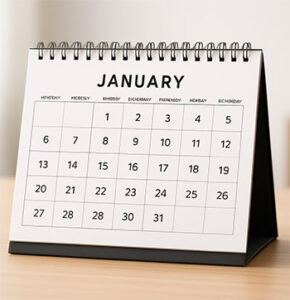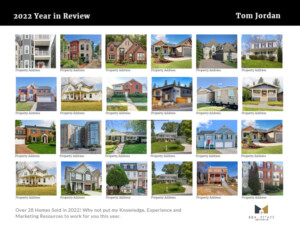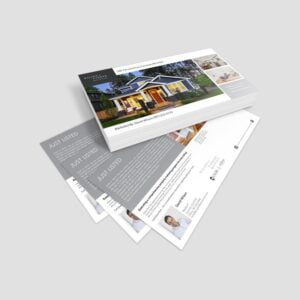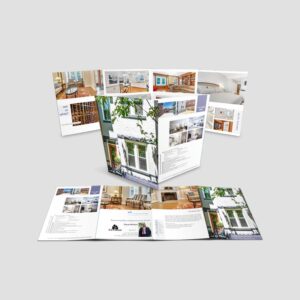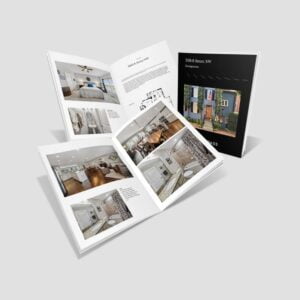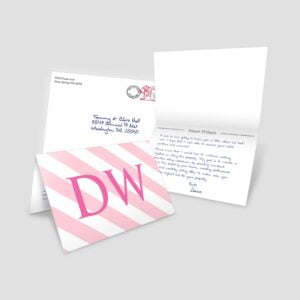Book Binding Methods – Choose The Best For Your Project
SADDLE STITCH BINDING
This is the most frequent binding method we use at WayBetterPostcard. Saddle stitching is where printed sheets are folded in half and secured along the spine, usually with metal staples. This creates a single signature of pages that can have a thicker paper stock used for a self-cover, or go without. Saddle stitching is a very cost effective and quick way to bind pages together, making it a popular choice with our customers.
Important Details:
Min Page Count 8 Max 60-64 (depends on paper choices)*
Total Page Count Must be divisible by 4
- Often we can add a blank inside and or outside cover to easily get you projects page count with this requirement at no charge
Frequent uses for saddle stitching
Agent Magazines
Property Booklet Brochure
Guidebook Sell guide and Buyer Guide
Listing Presentations
Luxury Listing Presentations
Brand Books
Brochures
Event Programs
Newsletters
Quarterly Market Reports
Key Characteristics of Saddle Stitching
Very economical
Booklet opens flat
Can go up to 60-64 pages
Square spine available on 24 pages and up
Can have different covers or be self-covered
Can be used with short and long print runs
Fast production time
A bit less durable (especially with no cover)
Direct Mail
Yes and most economical
Booklets like these can mail as is no envelope or carrier required in most cases
Can go up to 60-64
PERFECT BINDING
Our next most popular option for binding is perfect bound books (or soft cover books). Pages are cut to the same size and glued together along the spine. This is then all encapsulated by a cover, giving the finished booklet a very professional feel. Unlike saddle stitching, perfect binding allows for a printable spine which can display title and branding information. The main limitation to perfect binding is that there needs to be enough pages to make a 4mm spine, typically 28 pages or so. However see below if your book has less in page count we know have a product!
Min Page Count 26 Max 320 (depends on paper choices)
Total Page Count Must be divisible by 2
Frequent uses for Perfect Binding
Agent Magazines
Guidebook Sell guide and Buyer Guide
Luxury Property Booklet Brochure
Luxury Listing Presentations
Brand Books
Key Characteristics for Perfect Binding
The best for Luxury property or listing collateral Due Perfect bound books do not lay flat when open due to the square spine
Flat edge for spine allows room for printing on some books
More economical than case bound or hardcover books, but less durable
Neater/more refined appearance than saddle stitched or mechanically bound books
Easy to stack
Perfectly trimmed edges
Will damage over time if page count is high
Has a minimum spine width of 4mm
Low Page Count Perfect binding
Our next most popular option for binding is perfect bound books (or soft cover books). Pages are cut to the same size and glued together along the spine.
WIRE-O/SPIRAL BINDING
Wire binding
Wire-O and Spiral binding is great for fast production runs of booklets for generally a lower cost. This method is where holes a drilled or punched down one side of the pages and bound together with a wire through the holes or a spiral that is threaded through them. This binding method does not include a printed spine and usually has a cover added to the booklet to protect the pages. This ‘punch and bind’ method of booklet binding is fairly inexpensive and allows the booklet to open back on itself, making it ideal to write on without bending the spine.
Frequent uses for Wire-O/Spiral binding
Presentations
Thesis
Reports
Manuals
Recipe books
Student exercise books
Diaries
Planners
Key Characteristics for Wire-O/Spiral Binding
Books can be placed flat on surfaces
Spines are fairly durable and suitable for frequent use
Can work for most book sizes
Cheaper than other binding methods for short runs
Very practical
Able to update or remove sheets
Can open the book back on itself
Multiple cover options at all price points (eg, clear plastic, cardboard etc)
CANADIAN BINDING
Canadian binding is a sub section of Wire-o/Spiral binding where a cover as added to wrap around the spine and the pages, giving the booklet a printable spine. This is popular for clients who want to keep the practicality and flexibility of wire-o/spiral bound books but also want to have a more professional appearance.
GROMMET BINDING
Canadian binding is a sub section of Wire-o/Spiral binding where a cover as added to wrap around the spine and the pages, giving the booklet a printable spine. This is popular for clients who want to keep the practicality and flexibility of wire-o/spiral bound books but also want to have a more professional appearance.
SCREW & POST (Chicago Screw)
Canadian binding is a sub section of Wire-o/Spiral binding where a cover as added to wrap around the spine and the pages, giving the booklet a printable spine. This is popular for clients who want to keep the practicality and flexibility of wire-o/spiral bound books but also want to have a more professional appearance.
HARDBACK BINDING
Hardcover binding
Hardcover binding is the most durable of the binding methods and also the most expensive. Due to its cost, most of the booklets that we print here at WayBetterPostcard tend to use one of the other binding methods. In saying that, most major high-end books will be hardcover books due to its long shelf life and professional/luxury finish. Hardcovers are typically a thick cardboard that is wrapped in a cloth, leather, vinyl, or durable paper stock and glued down with adhesive to form the cover. A number of signatures are then fastened together and glued to the spine.
Frequent uses for Hardcover Binding
Novels
Photobooks
Encyclopedias
Special edition books
Any printed item that is geared towards a higher sale price
Key Characteristics for Hardcover Binding
Generally, the most durable binding method
Expensive
Much longer production time than other binding methods
More finishing options for extra design features
HOW TO CHOOSE THE RIGHT BINDING METHOD
If you are still unsure of which binding method to use after reading the above, below are some simplified tables to help give you a quick idea which binding method will be more suitable.
(Please do note that sometimes there will be exceptions to these tables)
COST GUIDE
(General, may differ slightly between short- and long-term runs)
Method Cheap Mid-range Expensive
Saddle Stitch $
Perfect Binding $$
Wire-O/Spiral $
Canadian $$$$
Hard cover binding $$$$$
PAGE COUNT
Method Minimum Maximum
Saddle Stitch 8-128
Perfect Binding 28-320 Perfect Binding Thin 12-36
Wire-O/Spiral 4 300+**
Canadian 4 300+**
Comb binding 4 300+**
Hard cover binding 50 300+
*Larger page counts can wear the spine down/damage it faster over time
**Page maximum dependant on size of wiro/spiral/comb being used
PRODUCTION
Method Short Run Long Run Turnaround Time
Saddle Stitch Y Y Fast
Perfect Binding Y Y Medium
Wire-O/Spiral Y Y Fast
Canadian Y Y Medium
Comb binding Y Y Fast
Hard cover binding Y Slow
USE
Method Short-term Long-term Heavy use (eg writing)
Saddle Stitch Y Y
Perfect Binding Y Y
Wire-O/Spiral Y Y Y
Canadian Y Y Y
Comb binding Y Y
Hard cover binding Y
If you have any further questions about which binding method is right for you, contact our friendly te
OPTIONS
Fold Out Pages (Great for floor plans or panoramic images)
Pocket
Business Card Slits
Wire-O/Spiral Y Y Fast
Canadian Y Y Medium
Comb binding Y Y Fast
Hard cover binding Y Slow
USE
